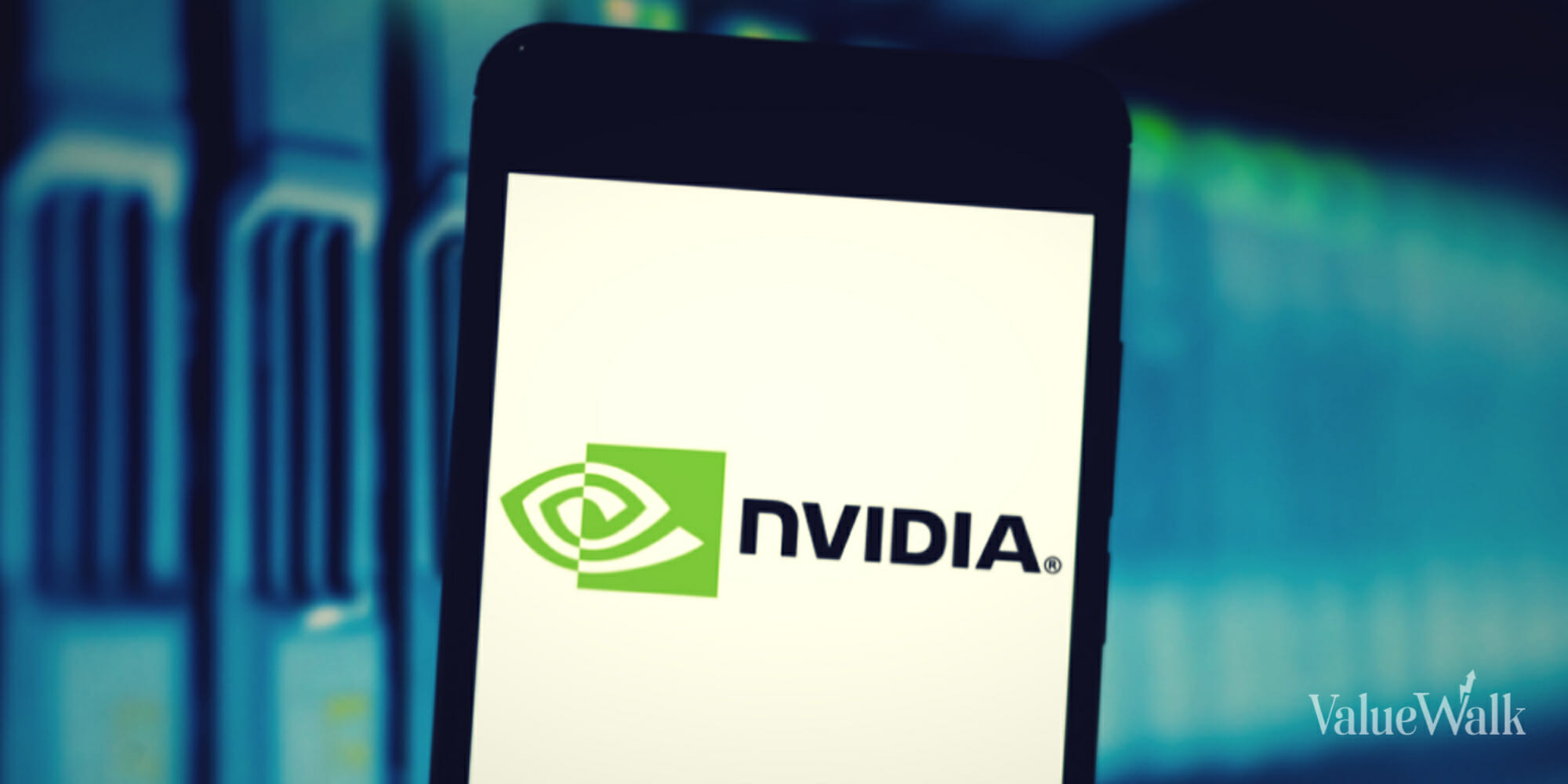Just as the moon is eclipsing the sun across North America on Monday, semiconductor stock NVIDIA (NASDAQ:NVDA) continues to eclipse the competition.
However, while a solar eclipse is fleeting, NVIDIA’s dominance has sustained over the past 15 months. The question now is whether the chipmaker can maintain its market dominance. Let’s take a look at where NVIDIA is headed.
An almost-500% return since start of 2023
Last year, NVIDIA was the top-performing stock on the S&P 500, returning 239% for the year. This year, it is the second highest-returning stock on the S&P 500, soaring 76% year to date (YTD). If you go back 15 months or so to Jan. 1, 2023, NVIDIA stock has skyrocketed about 490% — from $148 per share to its current price of $874 per share.
If you invested $10,000 in NVIDIA at the start of 2023, you’d have about 67 shares. Those 67 shares would be worth about $60,000 right now at $874 per share.
NVIDIA, which makes graphics processing units (GPUs) for computers, cars, gaming systems and other devices, has been fueled by the artificial-intelligence (AI) boom. The company’s chips have been built to handle more complex, generative-AI-related tasks and functions faster than those from its major competitors, which has helped it dominate its market.
NVIDIA’s main source of revenue has come from high-performance data centers used by companies, governments and other organizations to quickly process large amounts of data. The chipmaker’s largest customers are cloud-computing giants Microsoft, Amazon, Meta Platforms and Alphabet, and analysts estimate that NVIDIA holds 98% of the GPU market at data centers.
In the fourth quarter, the company generated about 83% of its $22.1 billion in revenue from data centers, and for the full fiscal year, it made about 78% of its $60.9 billion in revenue from data centers.
NVIDIA should also get a boost from its new Blackwell chips introduced in March, which are more than twice as powerful as the previous offering and 25 times more energy efficient. The company expects Amazon, Dell Technologies, Alphabet, Meta, Microsoft, OpenAI, Oracle and Tesla, among others, to use its Blackwell chips.
Record revenue anticipated
NVIDIA’s outlook for this fiscal year suggests its dominance is expected to continue as it estimates record revenue of $24 billion in the fiscal first quarter, up more than three times from the same quarter a year ago. For the full year, analysts anticipate $111 billion in revenue, which would be up 82% from the previous year.
However, in many ways, NVIDIA is just scratching the surface of its growth potential. Generative AI is transforming computing, which will only accelerate the need for more data centers capable of handling such computing needs.
“My expectation is that what is being experienced here in the United States, in the West, will surely be replicated around the world, and these AI-generation factories are going to be in every industry, every company, every region … [T]his last year, we’ve seen a generative AI really becoming a whole new application space, a whole new way of doing computing, a whole new industry is being formed and that’s driving our growth,” NVIDIA founder and CEO Jensen Huang said on the company’s Q4 earnings call.
Eclipsing the competition?
NVIDIA will surely face more competition, particularly in the data-center space as Advanced Micro Devices (NASDAQ:AMD) recently released new AI chips that it hopes will make a dent in NVIDIA’s market share. However, even if AMD does chip away at NVIDIA’s market share (pardon the pun), the meteoric growth in the AI-chip data-center market will continue to fuel the market leader for years to come.
Consider this. The AI-chip data-center market is predicted to have a compound annual growth rate of 70% per year between now and 2027, rising from roughly $53 billion at the end of 2023 to about $400 billion by the end of 2027.
Thus, I would not expect NVIDIA’s growth to slow down much at all; the issue will be its valuation. Can it sustain such high growth multiples in the event of a bubble? NVIDIA has fallen back a bit in the past few weeks, and right now, it looks reasonably valued, with a forward P/E of 36. Thus, investors may want to keep an eye on its valuation, particularly if there is another huge spike. However, with an $870ish entry price and a consensus price target of $976 per share, NVIDIA stock looks very good right now.
With huge and growing margins and about $26 billion in cash on hand with $20 billion in free cash flow, NVIDIA is in a good position to continue its dominance.












